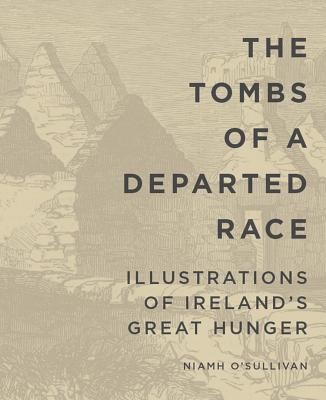
- We will send in 10–14 business days.
- Author: Niamh O'Sullivan
- Publisher: Cork University Press
- Year: 2015
- ISBN-10: 0990468631
- ISBN-13: 9780990468639
- Format: 22.9 x 27.7 x 0.8 cm, minkšti viršeliai
- Language: English
- SAVE -10% with code: EXTRA
Reviews
Description
The subject matter of real human suffering does not lend itself easily to art. Ireland's Great Hunger -- the worst demographic catastrophe of the nineteenth century - coincided with the invention of new mass-market periodicals. Niamh O'Sullivan considers the aesthetic, historical, technical and contextual roles of British newspaper illustration in interpreting the story of the Famine. The booklet examines how academically trained artists who had little experience of looking at unfiltered or distanced atrocity became pictorial journalists and found new ways to image a trauma of unprecedented scale and horror.
- Author: Niamh O'Sullivan
- Publisher: Cork University Press
- Year: 2015
- ISBN-10: 0990468631
- ISBN-13: 9780990468639
- Format: 22.9 x 27.7 x 0.8 cm, minkšti viršeliai
- Language: English English
The subject matter of real human suffering does not lend itself easily to art. Ireland's Great Hunger -- the worst demographic catastrophe of the nineteenth century - coincided with the invention of new mass-market periodicals. Niamh O'Sullivan considers the aesthetic, historical, technical and contextual roles of British newspaper illustration in interpreting the story of the Famine. The booklet examines how academically trained artists who had little experience of looking at unfiltered or distanced atrocity became pictorial journalists and found new ways to image a trauma of unprecedented scale and horror.


Reviews